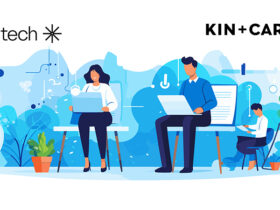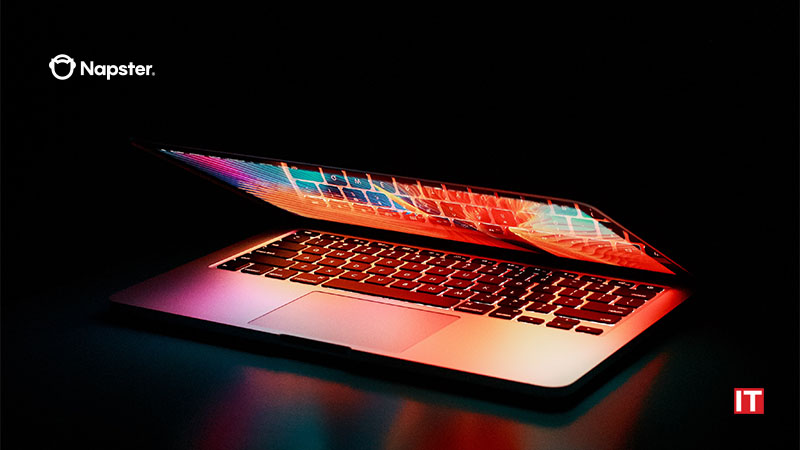Napster Music Inc., the music streaming service, announced the publication of its Litepaper V1 which outlines its plans to apply Web3 technology to its existing business and millions of users in order to improve how music makers, rights holders and fans can interact. A new entity, Napster Innovation Foundation, will be issuing $NAPSTER tokens using the Algorand blockchain protocol to streamline its existing platform functionality as well as open up new options for creating value around streaming music.
“Napster is a strong, self-sustaining business and an iconic brand”
“We’re entering the streaming-plus era of music, which is one of the few scaled business sectors where adoption of blockchain tech actually makes immediate sense for everyone,” said Emmy Lovell, Interim CEO of Napster. “People who make music, people who listen to it and those who own its IP all already depend heavily on technology. Web3 offers a chance to deepen, extend and improve the music ecosystem.”
“Napster is a strong, self-sustaining business and an iconic brand,” said Matt Zhang, Founder and CEO of Hivemind, which leads the consortium that acquired Napster. “Our investment in the company reflects a longer term and far broader view than the short-term trading environment for crypto assets. Instead, we see a huge opportunity to build value over the long term, by applying Web3 programming to an existing, tech-enabled business.”
Napster was the original music industry disruptor of the Web1 era. A name steeped in innovation, it is proudly synonymous with music. It started a revolution as the very first platform to imagine how we would all enjoy entertainment in the future.
Utilising peer-to-peer technology (pioneered by Napster in those days, and today used in the blockchain), the original Napster put fans front and centre by creating a new means of music distribution. In subsequent years, it evolved into a fully licensed subscription-based music streaming service.
































